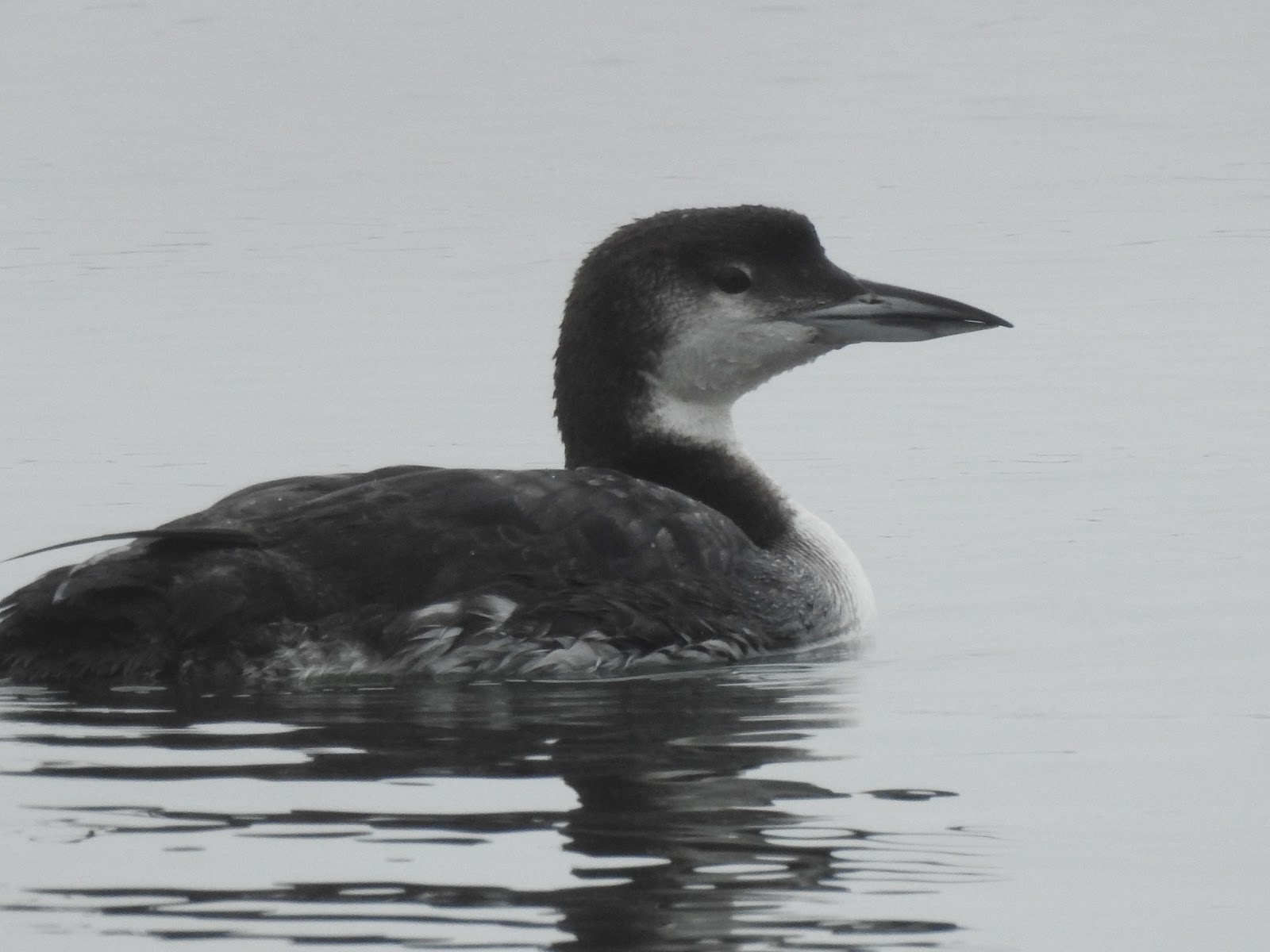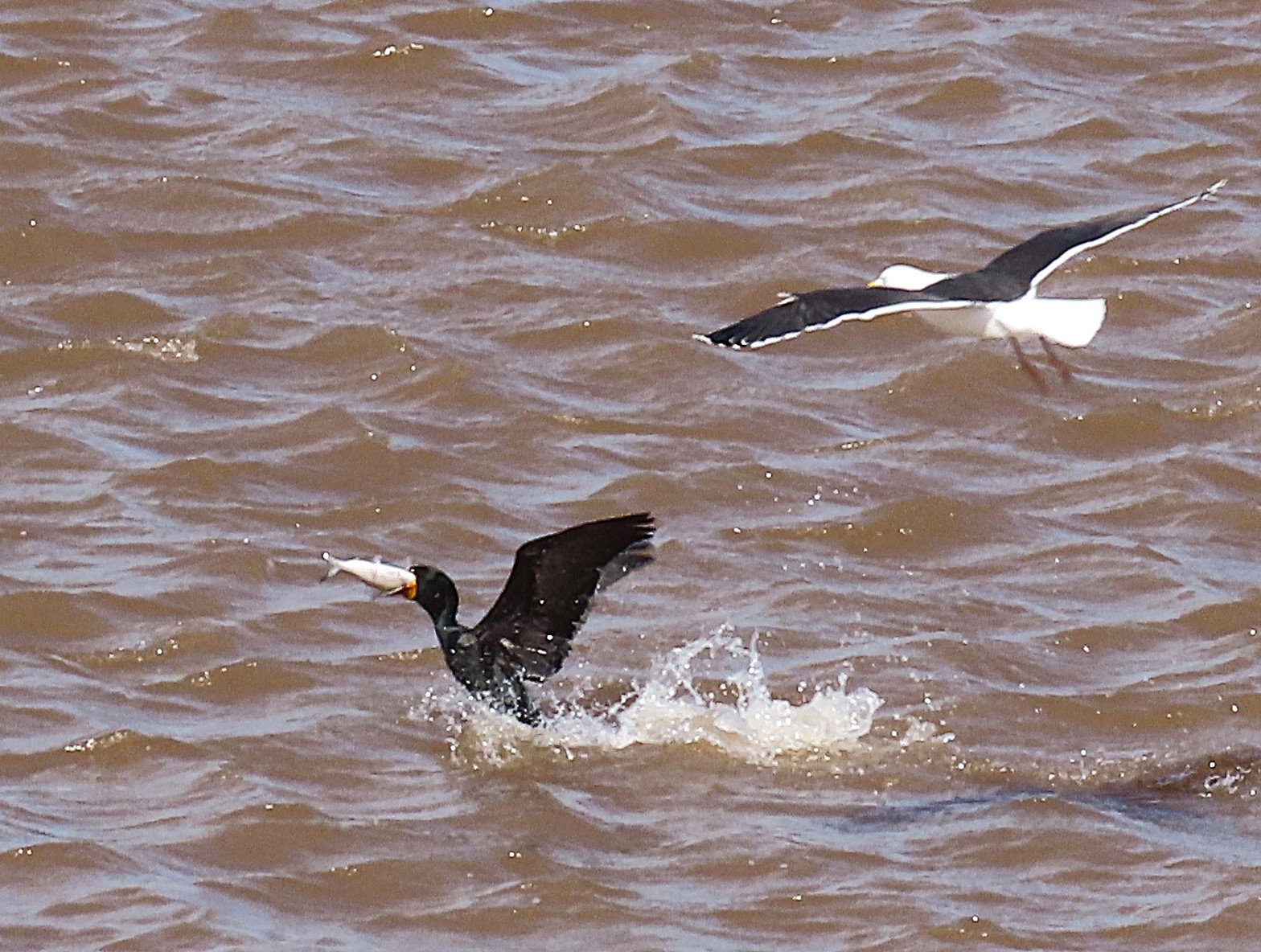NATURE MONCTON NATURE NEWS
April 21, 2025
Nature Moncton members, as
well as any naturalist in New Brunswick or beyond, are invited to share
their photos and descriptions of recent nature sightings to build a fresh
(almost) daily edition of Nature News
To
respond by e-mail, please address your message to the information line
editor, nelsonpoirier435@gmail.com .
Please advise the editor at nelsonpoirier435@gmail.com and the proofreader Louise Nichols at Nicholsl@eastlink.ca if any errors are noted in wording or photo labelling.
For more information
on Nature Moncton, check the website at www.naturemoncton.com
Proofreading
courtesy of Nichols nicholsl@eastlink.ca
To
view the live feed of the Peregrine Falcon nest cam on the summit of Assumption
Place in Moncton, go to:
**Issac Acker has again been able to photograph a few
very interesting amphibians in the Moncton area.
Issac photographed the lead-backed morph of the red-backed salamander, which is a common terrestrial salamander in New Brunswick,
but the lead-backed morph of this salamander is not commonly seen. The lead-backed
morph can be confused with the blue-spotted salamander, but it usually has 12 costal grooves along its body, whereas the red-backed salamander has 18 to
20 costal grooves, which can be hard to detect in photographs. It is also much
smaller as an adult.
The second amphibian Issac photographed was the eastern
newt, which as an adult is totally aquatic. The first 2-3 years of its life
are spent on land with the common name red eft. Just as it is about to become an
adult and head for water, it loses its red colour, becoming green dorsally and
yellowish ventrally. Issac’s photograph shows the eastern newt just reaching adulthood and soon to enter the aquatic stage of its adult life.
The much more commonly found predacious diving beetle
got in on the action as well.
**Shannon Inman stopped by the Harvey dam, and the double-crested
cormorants were feeding heavily with the black-backed gulls, trying to steal
their catch. It would appear rainbow smelt, on their
spring migratory run to spawn, are the fish of interest. It is quite possible that just below the dam
would be an excellent place for the birds to forage, as the fish would hesitate
at that site before traversing the fishway.
**Georges Brun photographed a female common eider that has been with a male for a couple of days at the mouth of Hall’s Creek on the Petitcodiac River.
(Editor’s note: It is not very often we see an eider out of water walking on shore although they do, of course, nest on land, but very
near an entry into water.)
George also photographed a male surf scoter that
came upriver just below the creek and ventured way past the Moncton Public
Wharf (behind Pennington Store on Main Street.)
**Jane LeBlanc reports a busy and very windy day in St.
Martins. The northern flicker was back for a better photo, as it was
practically under the window. The pair of northern cardinals posed as
well. A small flock of evening grosbeaks was there, as was the
yellow-rumped warbler and a palm warbler. Jane had seen it several days ago but
couldn't confirm it. She saw it again today, but the photos were not good
enough to share (Jane 's comment). A fox sparrow is still around, along with many dark-eyed juncos, song sparrows,
and white-throated sparrows.
**Brian Coyle is still visiting in Cape Breton, NS, and he took a drive down to Fourchu, Nova Scotia, Sunday morning. There, he came upon
a raft of five Common Loons in varying states of plumage maturity. It
appeared to Brian like one breeding adult and four nonbreeding individuals.
Without the adult among them, they could be mistaken for immature red-throated loons,
but the heavy bills, flat-topped heads, and just the hint of the beginnings of
a neck ring identify them as common loons.
Brian was able to get a video of this raft of loons to
show the action at the link below:
Nelson Poirier.
Nature Moncton
















